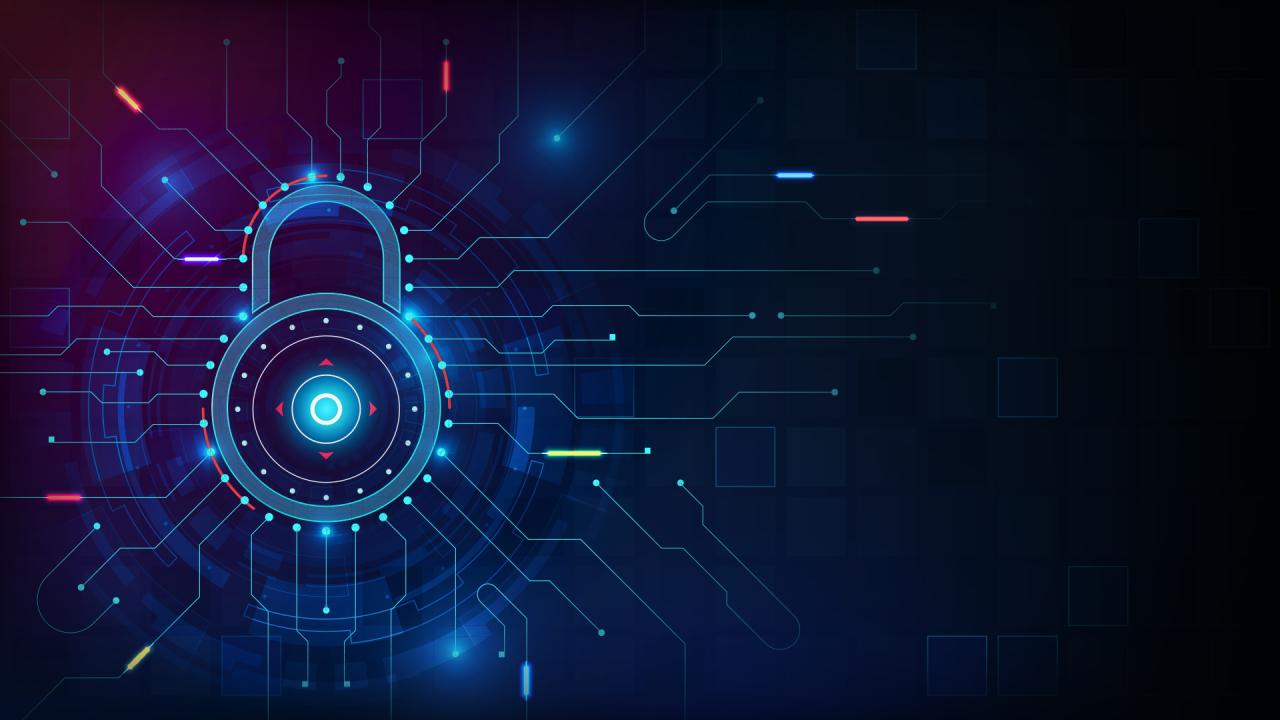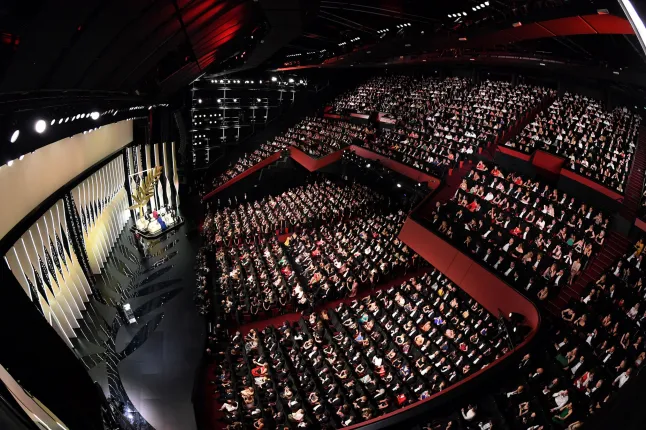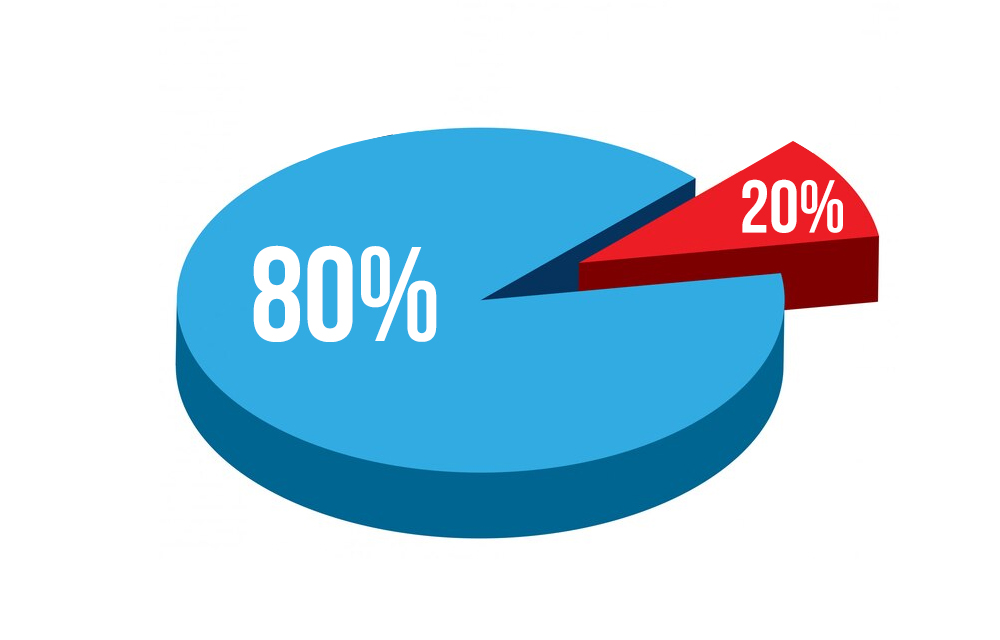Have you ever paused to wonder what makes it possible to send a private message to someone thousands of miles away instantly, securely, and without worry?
In an age where information travels faster than ever and privacy is more valuable than gold, one technology stands at the core of it all: cryptography.
From protecting your passwords and bank accounts to safeguarding national security, cryptography has become the hidden backbone of our daily communication. While you may not see it, feel it, or even think about it, cryptography is quietly working in the background, ensuring that our digital world remains trustworthy.
Even organizations like Priori Orators, who are passionate about innovative leadership and strategic communication, rely on these unseen protections to share sensitive ideas, build connections, and inspire action — all with confidence.
Let’s decode how this invisible force powers modern communication and why it matters more now than ever.
What Is Cryptography?
Cryptography is the science of encoding and decoding information so that only intended recipients can understand it. The word comes from the Greek “kryptos” (hidden) and “graphein” (to write). While it once involved hand-written codes and secret ink, today it involves sophisticated algorithms and mathematical formulas.
At its core, cryptography transforms plain data into something unintelligible (called ciphertext) using a process known as encryption. The only way to make sense of the ciphertext is with a specific key, used in decryption. This system ensures that sensitive information remains protected even if it’s intercepted.
Imagine sending a letter inside a locked box. Only the person with the right key can open it. That’s essentially how cryptography works in the digital world.
Where You Encounter Cryptography Daily
Most people assume cryptography is reserved for tech experts, hackers, or spy agencies. But in reality, you use it every day… sometimes dozens of times before lunch.
- Messaging Apps: Applications like WhatsApp, Signal, and iMessage use end-to-end encryption. This means only you and the person you’re communicating with can read your messages, not even the platform itself can access them.
- Banking & Payments: When you make online payments or log into your mobile banking app, cryptographic protocols like HTTPS and SSL/TLS ensure your account details are encrypted and secure.
- Email Security: Services like ProtonMail use encryption to protect email content from prying eyes.
- Cloud Storage: Platforms such as Google Drive and Dropbox employ encryption to protect files stored online.
- Virtual Private Networks (VPNs): VPNs encrypt your internet traffic, protecting it from hackers and snoopers, especially when using public Wi-Fi.
Why Cryptography Is Essential in Modern Communication
In today’s interconnected world, we exchange massive amounts of information, often across untrusted networks. Without encryption, everything from private chats to health records could be exposed.
Cryptography plays four critical roles:
- Confidentiality: Ensures that only authorized individuals can access the information.
- Integrity: Guarantees that data is not altered during transmission.
- Authentication: Confirms the identity of the parties involved.
- Non-repudiation: Prevents anyone from denying they sent a message or document.
These pillars of cryptography are the reason we can trust digital communication – whether between individuals, corporations, or governments.
Emerging Trends
As digital threats evolve, cryptographers are now exploring cutting-edge developments such as:
- Quantum-Resistant Cryptography: Quantum computers could someday crack today’s encryption. Researchers are racing to develop algorithms that can withstand this future threat.
- Zero-Knowledge Proofs: These allow someone to prove they know a piece of information without revealing the information itself. This could revolutionize data privacy.
- Homomorphic Encryption: This enables computation on encrypted data without needing to decrypt it first, a breakthrough for secure cloud computing.
Conclusion
Cryptography is more than just math or tech jargon. It’s the silent guardian of your digital presence — shielding your messages, securing your finances, and protecting your personal life from unwanted exposure.
As we move further into a world where our communication, identity, and livelihood are increasingly digital, understanding and appreciating cryptography is no longer optional. It’s essential.
The message is clear: cryptography isn’t static. It’s evolving just as fast as the threats it protects us from.







